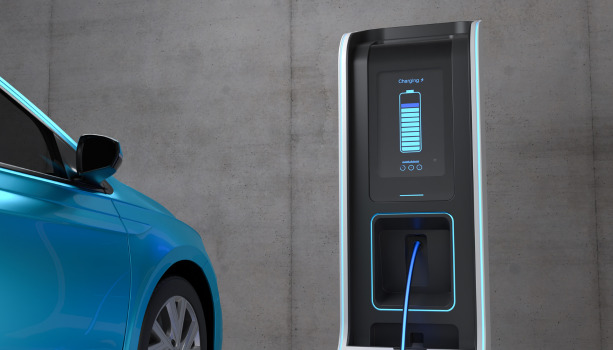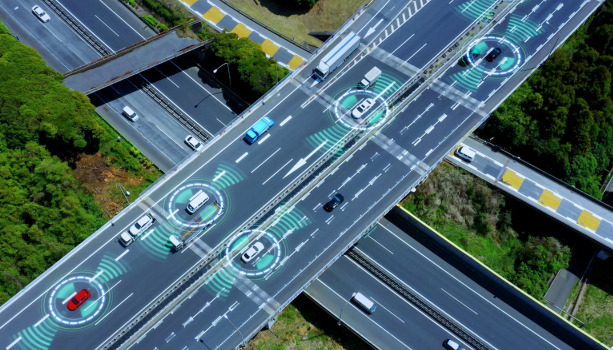2020 has thrown the world for a loop. Unsurprisingly, most people are looking forward to 2021, and this includes the automotive industry. What trends can we expect next year, and are they necessarily going to be good ones?
1. More autonomy, less driving
2020 saw more vehicle manufacturers touting their autonomous driving technologies, and 2021 will be no different. In fact, autonomous vehicles categorized as SAE level 3 may be much more prevalent on the market. This means that more vehicles will be driven by the vehicle’s systems, though the human driver is still required to be on alert at all times.
While Tesla notably put its Full Self-Driving beta mode in the steering wheels of willing drivers, other vehicle manufacturers may not be too far behind as companies like Nissan, BMW, Mercedes-Benz, and Toyota are also putting in maximum effort to stay in the autonomous-driving game.
2. Further improvements on infotainment software
With a visible increase in models equipped with more advanced autonomous-driving or assisted-driving technologies, the industry may also get major changes in the type of infotainment software applications available in-vehicle.
Earlier models of connected vehicles saw focuses on data-based infotainment like location-services and GPS navigation, but we are likely to see a shift towards actual “entertainment,” as drivers will look for more interactive elements of the vehicle besides manually driving.
In fact, software providers and OEMs may be battling it out for precious infotainment real estate, as OEMs have been developing their own operating systems with built-in infotainment services. Advertisement agencies may also become increasingly involved as information delivery expands into these platforms.
3. Electric vehicles & BEVs become the norm
Electric Vehicles (EVs) are nothing new, but also this trend is not really a trend at all. Electric Vehicles look like they will soon become the norm, as more nations are committing to significantly reducing or completely eliminating traditional International Combustion Engine (ICE) vehicle within the next decade.
The United Kingdom announced in November 2020 that as part of a green industrial revolution, it would stop the sale of gasoline and diesel vehicles by 2035, with plans for significant reduction starting in 2030. As the automotive industry tends to plan for regulation changes with designs of new vehicle models well ahead of time, we are likely to see more vehicle manufacturers committing to design and manufacture of battery electric vehicles (BEVs). In fact, Bentley, luxury vehicle maker, announced that it would stop making ICE vehicles by 2030, with an added commitment to be carbon neutral at the same time.
These types of proclamations by nations and vehicle manufacturers are likely to continue as the pressure to go electric by regulations as well as the environment continue to grow.
4. Resurgence of Mobility-as-a-Service
COVID-19 threw a wrench in some mobility services like ride-sharing, but services have been quick to adjust their business models. For example, several delivery services have hopped on the bandwagon, providing contactless, robot or autonomous delivery pods to ensure that businesses and consumers can safely exchange goods. As cities and nations scramble for transport alternatives alongside the hopes for a widely-distributed vaccine, Mobility-as-a-Service solutions are likely to make a resurgence in 2021. Analysts report that MaaS business models are set to exceed 52 billion USD by 2027, even with the aftereffects of 2020.
This rebound will not only jumpstart the competition in the MaaS industry, but it also pressures connectivity providers to ensure that networks are ready to support the sheer quantity of connections. Lost or delayed connections not only mean a deficit in revenue, but while on the road connectivity is key to ensuring safety for all of those involved.
5. More (attempted) attacks, more security
As the aforementioned trends continue to see growth, it is highly probably that there will be more attempted attacks. No vehicle is exempt, as even Tesla’s Model X was hacked in 2020 using a new key fob hack. Fortunately, the flaw was found by white hat hackers and Tesla rolled out a fix with an over-the-air (OTA) update—but unfortunately, this does not mean that it won’t happen again. Malicious hackers will always find new and innovative technology to prey on, putting manufacturers, service providers, and end-users at risk.
Thankfully, defenses will probably improve due to the regulation changes coming our way next year. In June 2020, the United Nations Economic Commission for Europe (UNECE) working party WP.29 passed two new regulations mandating cybersecurity management systems for all new vehicles, going into force in 2021. Countries will be able to implement these regulations into national legislation, and manufacturers will then have until July 2022 to obtain system type approval for cybersecurity for all new vehicle types. By July 2024, all vehicles regardless of launch date will have to be fully compliant. Implementation can be complex but following guidelines by cybersecurity firms can be a great place to begin. For example, AUTOCRYPT has a free resource on how to begin structuring a cybersecurity management system along with consultation services on impelementation.
Because of the relatively short time spans of implementation, we will likely begin to see cybersecurity management by vehicle manufacturers prioritized and implemented, as well as government pressure to do so swiftly.
Counting down to 2021
While many of the trends of 2020 will continue in 2021, there is no doubt that the automotive industry will be forced to re-strategize business operations in order to acclimate to a post-pandemic world, whether in terms of embedded technology, software, or security—2021 will be a big year.
For more information on automotive tech and automotive cybersecurity, subscribe to our monthly newsletter at www.autocrypt.io/subscribe.



